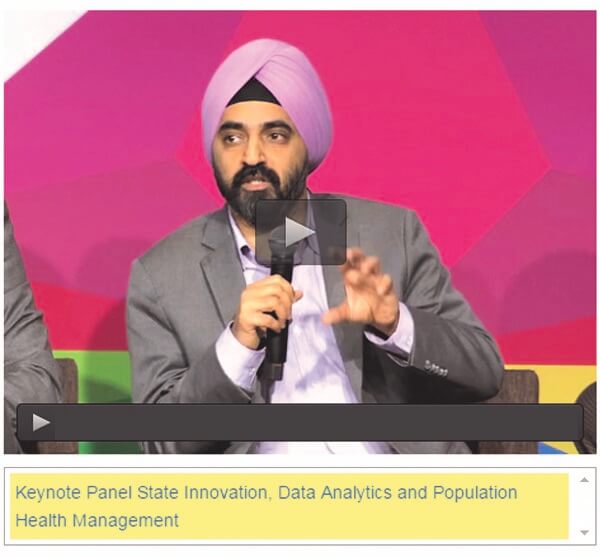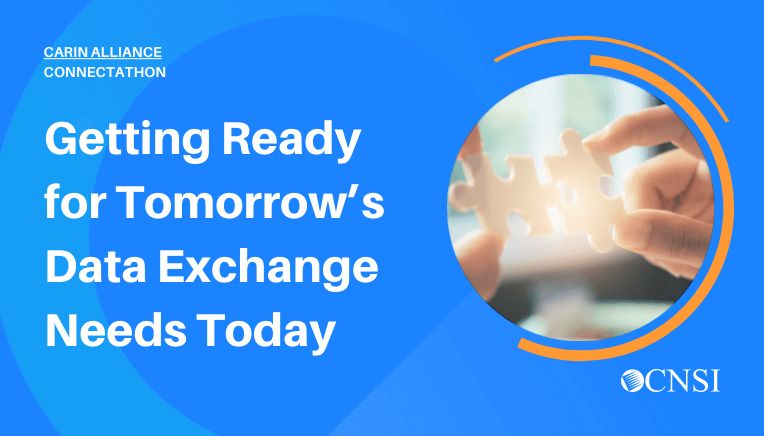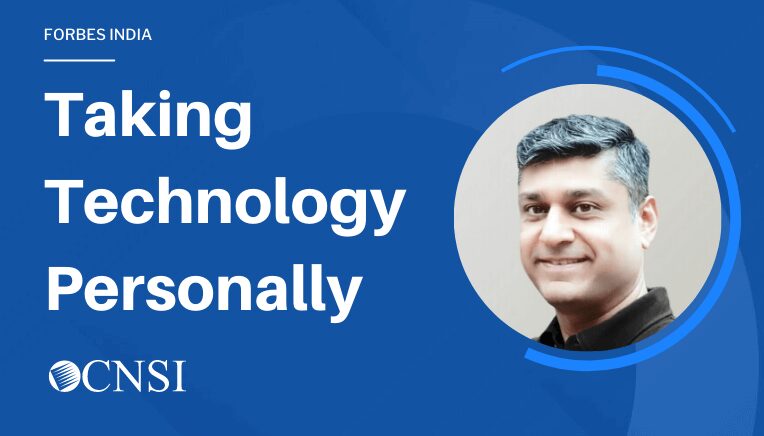
Healthcare IT Connect: Using Data to Drive Quality Care
March 29, 2016
Categories: Thought Leadership
CNSI recently sponsored and attended the 7th Annual 2016 Healthcare IT Connect Summit, which took place in Baltimore on March 21-22. The agenda was jammed packed with industry thought leaders discussing everything from Interoperability to Managing Modularity to Program Integrity.
Two members of the CNSI team, Senior Operations and Infrastructure Director John Harding and Chief Health Innovation Officer Arvinder Singh, engaged with the audience on two additional hot topics—Cloud and Data. Joined by Karen Parker, Deputy Director DHHS, State of Michigan, John shared the background, benefits, CMS alignment and lessons learned behind the Michigan-Illinois Cloud Solution. On day two, Arvinder sat with other distinguished panel members from the government, private and nonprofit sectors to discuss data and its role in population health management.
To the latter, clearly data is critical to the Medicaid and Health IT industry, with at least five of the conference sessions dedicated to the topic. Specifically, there were a lot of questions around how we can you use data to accomplish quality care.
The panel, State Innovation, Data Analytics and Population Health Management, set out to answer these questions for attendees. All of the speakers agreed that in order to measure quality care you must have quality data. For example, health IT companies like CNSI are building cutting-edge technologies like mobile apps, online portals and wearable devices that homogenize patient information and provide real-time, integrated data. These innovations provide both patients and doctors with a one-stop, holistic look at their health, which leads to more effective treatments. Providing these types of resources is especially important as patient engagement in care evolves and changes.
Taking it one step further, access to quality health data doesn’t just impact doctors and patients. Health industry professionals are using electronic health records (EHR) to find new models for predictive and prescriptive analytics that can impact an entire population. Access to accurate and quality data can help hospitals mediate hospital readmissions, pharmaceuticals predict public needs for medication and treatment, or government agencies learn how factors like geography or income impact the health of their constituents. All of this information and analysis has the potential to lead to better, more effective treatments and lower health care costs.
But it’s no trade secret that good data leads to good decisions. Panel members also agreed that using data analytics—whether it’s to manage the health of a patient or a population—must start with defining and deciding what to measure.
“The data is there. In fact, there is so much data that we don’t know where to start. But is it the right data? Are we defining the data sets based on business need and intended outcome? These are the next set of questions that need answering.” – Arvinder Singh
Once answered, the possibilities to create innovative health IT solutions that gather, report and share quality data to improve the quality of care are endless.
What are the challenges you face in acquiring quality data in your organization? How do you think CMS and states should define quality? Let us know by finding us on Twitter @CNSICorp.
This blog entry was written by Amanda Moskowitz, CNSI’s Marketing Communications Manager. She writes about industry trends, health care policy and essentially anything innovative. Amanda brings with her nearly a decade of private, government, and non-profit communications experience and two years performing stand-up comedy, which allows her to infuse both humility and humor into her writing. She believes that whatever the technology, there will always be a need to share the words written in our mind. Feel free to contact Amanda at Amanda.Moskowitz@cns-inc.com.







